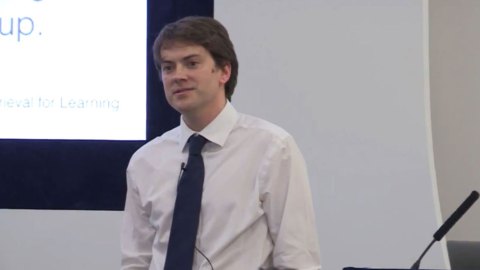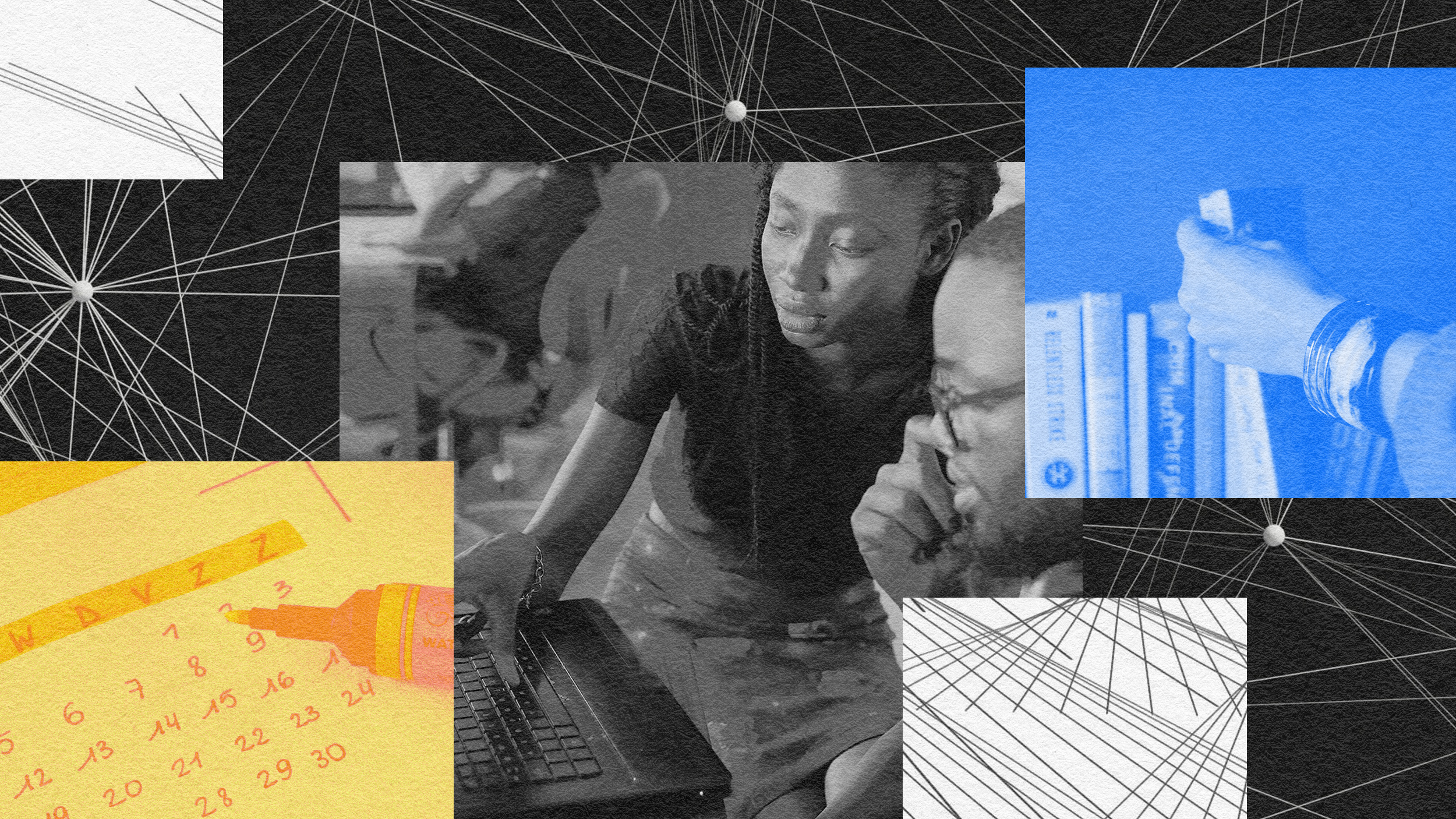What neuromyths do you believe in?

Why “neurobonkers”? The name of this blog was originally a comment on the widespread and blatant abuse of neuroscience to lend credibility to spurious claims about psychology. This is something we see all the time in the newspapers and something that goes on every single day in our schools. The issue is a big part of an excellent new lecture by Dr. Christian Jarrett, who quotes Nate Cornell’s recent comment that: “You need to know how brains work to teach. Just like dogs need to know physics to catch a frisbee”
Jarrett agrees: “I think he is right, that is where we are at right now. Although there is this hunger and passion to use findings about the biology of the brain to help us learn better. We are not at that stage yet. We might be one day soon and these are exciting times but we are not there yet”. Jarrett suggests we ask ourselves “would it make any difference if I took the word ‘brain’ out of what was being claimed, are the references to the brain or neuroscience gratuitous or are they really adding meaning?” At present much of what many of us believe, indeed much of what most school teachers believe about neuroscience is wrong. Jarret who writes the wonderful British Psychological Society Research Digest, has explored some of the biggest misconceptions and cases of “neurobollocks” in his new book Great Myths about the Brain. He’s tackled a few of the most common of those false beliefs in the new talk:
My favourite part of the talk is Jarrett’s debunking of “learning styles”, the myth that we learn better if taught through the medium we personally prefer. The belief exists in schools around the world, including 93% of British teachers. In Jarrett’s talk we see how contrary to popular opinion, people do not perform any better in their preferred learning style, rather they perform better in the learning style that best matches the material being taught. People are in fact poor judges of what form of learning will be best for them, in reality often a mixture of learning styles is the best solution, Jarrett concludes.
For further reading on some of the issues in the talk, here are links to where I’ve covered some of the key topics (spoiler warning, watch Jarrett’s lecture before checking out these posts):
I’d like to take this opportunity to thank Chris for the kind mention at the end of the talk and in his new book which I’m currently glued too. It was especially heart warming because his Research Digest (which I recently had the pleasure of guest blogging for) has been one of my greatest sources of inspiration. It is testament to the fact that it is possible to consistently and regularly communicate news of complex psychological findings in plain English without compromising on facts or accuracy, which is something that the mainstream media regularly fails to do. If you don’t follow it already, be sure to check it out.
Follow Neurobonkers on Twitter, Facebook, Google+, RSS, or join the mailing list. Image Credit: Timetag.tv





